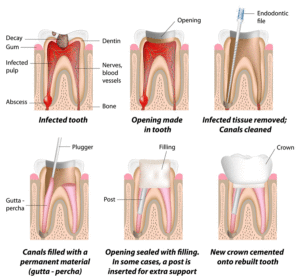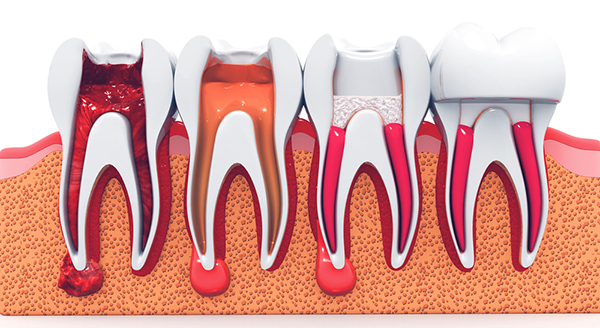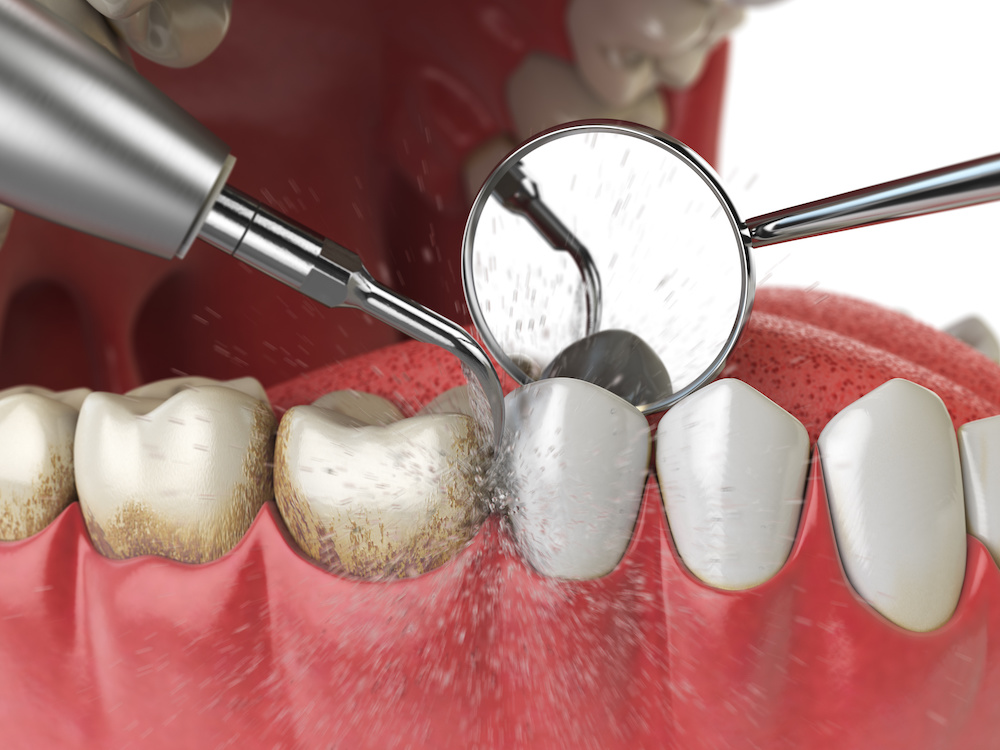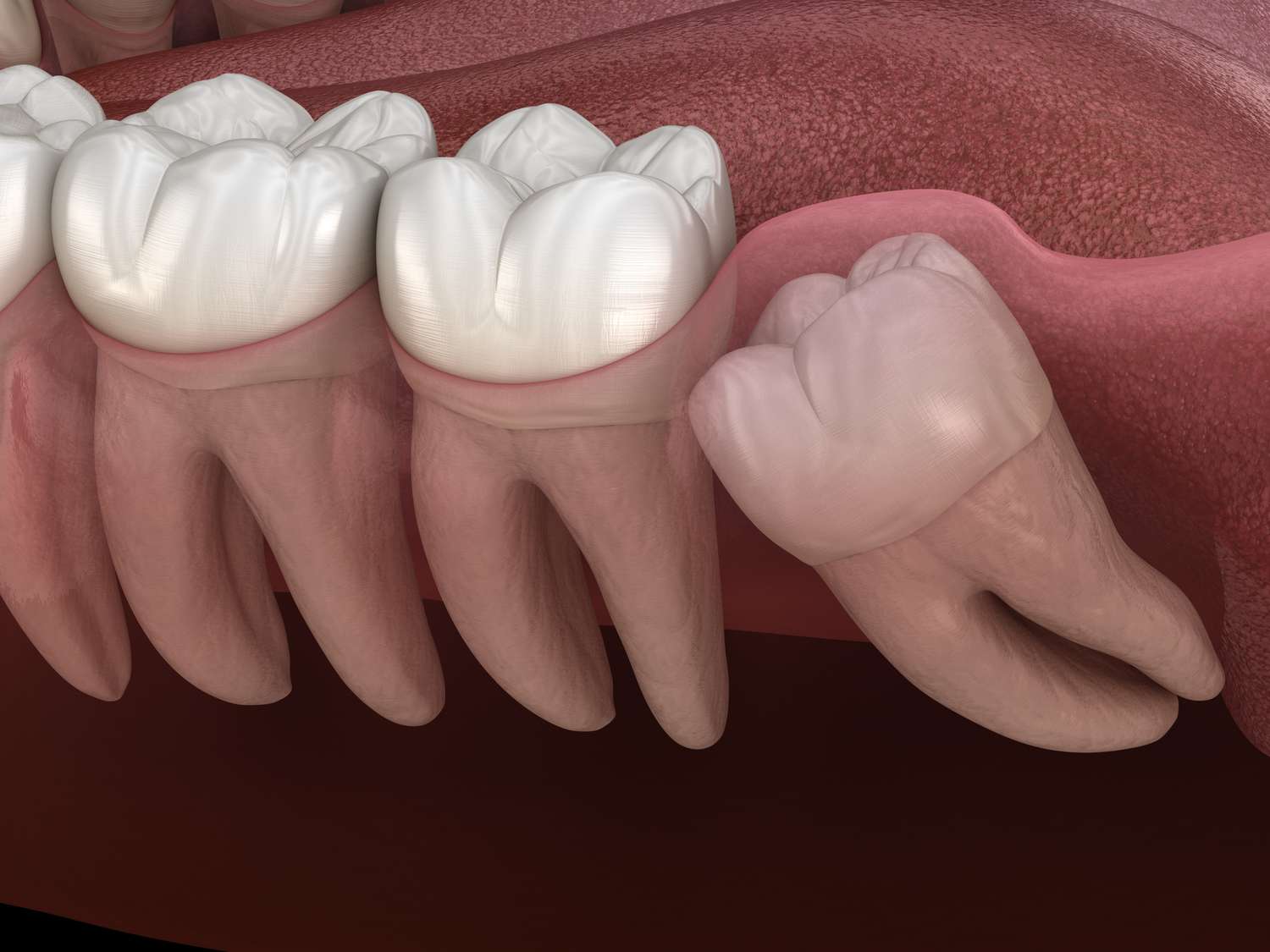Root Canal Treatment: Everything You Need to Know
Click for Quick Consultation at vituras
What is root canal treatment?
Ah, the infamous root canal – a term often whispered with a grimace, conjuring images of dental drills and agonizing discomfort. But fear not, for beneath the surface lies a story of resilience and restoration, a tale of preserving a vital piece of our smile.
Let’s begin with the culprit: the pulp. Nestled within the heart of your tooth, this delicate network of nerves, blood vessels, and connective tissue keeps things alive and kicking. Alas, this fragile ecosystem is vulnerable. A deep cavity, a nasty crack, or even years of wear and tear can breach its defenses, allowing in unwanted guests – bacteria.
These microbial scoundrels wreak havoc on the pulp, unleashing a potent cocktail of toxins that trigger an inflammatory response. The once-cozy chamber becomes a battleground, pulsating with throbbing pain and radiating discomfort. Left unchecked, the battle spills beyond the tooth, potentially leading to bone infection and abscess formation.
But there’s a hero in this saga – the root canal treatment. Armed with precision tools and unwavering dedication, your dentist embarks on a mission to reclaim the territory. First, a shield of local anesthesia is erected to quell the war’s fury. Then, a strategic entry point is established, granting access to the battlefield.
With meticulous care, the infected pulp is extracted, the battlefield sanitized, and the inflamed tissues soothed. The remaining canals, once highways for bacterial invaders, are meticulously shaped and sealed, leaving no room for unwelcome occupants. Finally, a fortified crown is placed, acting as a permanent sentry against future incursions.
The once-beleaguered tooth emerges victorious, restored to its rightful place in your smile. Pain subsides, infection retreats, and normalcy returns. Root canal procedure, then, is not just a procedure; it’s a promise – a promise of resilience, of reclaiming your oral health, and of preserving the precious tools that help you savor life’s delicious bites.
Remember, while the procedure itself may not be a walk in the park, the long-term benefits far outweigh the temporary discomfort. A saved tooth is a treasure, and root canal procedure is the key that unlocks its continued service. So, the next time you face a dental battle, remember – with knowledge as your compass and a skilled dentist as your guide, you can navigate the path to a pain-free, healthy smile.
How is root canal treatment done?
Root canal treatment usually takes two visits to the dentist. On the first visit, the dentist will numb the tooth and then make a small hole in the top of the tooth. The dentist will then use special instruments to clean and shape the root canals. Once the canals are cleaned and shaped, the dentist will fill them with a material that will prevent infection.
In some cases, root canal procedure can be done in one visit. This is often the case for teeth with simple infections or teeth with only one root canal.

How long does root canal treatment take?
The length of root canal procedure depends on the number of root canals in the tooth. Teeth with one root canal usually take about 30 minutes to treat. Teeth with two or more root canals can take up to two hours to treat.
Does root canal treatment hurt?
Root canal procedure is usually done under local anesthesia, so you will not feel any pain during the procedure. However, you may experience some discomfort after the treatment. Your dentist may prescribe pain medication to help you manage any discomfort.
Who is a good candidate for root canal treatment?
Root canal treatment is a good option for people with teeth that are:
- Infected or damaged
- Causing pain
- Likely to need to be extracted if root canal treatment is not performed
What should you do before root canal treatment?
Before root canal treatment, you should tell your dentist about any medications you are taking, including over-the-counter medications and prescription medications. You should also tell your dentist if you have any allergies.
What should you do after root canal treatment?
After root canal treatment, you should avoid chewing on the treated tooth for a few days. You should also brush and floss your teeth regularly to help prevent infection.
Are there any alternatives to root canal treatment?
In some cases, extraction may be a better option than root canal treatment. Extraction is usually necessary if the tooth is severely damaged or if the root canals are too narrow or curved to be cleaned properly.
Conclusion
Root canal treatment is a safe and effective procedure that can save a tooth that would otherwise need to be extracted. If you are experiencing pain or discomfort in a tooth, talk to your dentist about whether root canal treatment is right for you.
You can also check the other articles about Dental and Oral Health.











